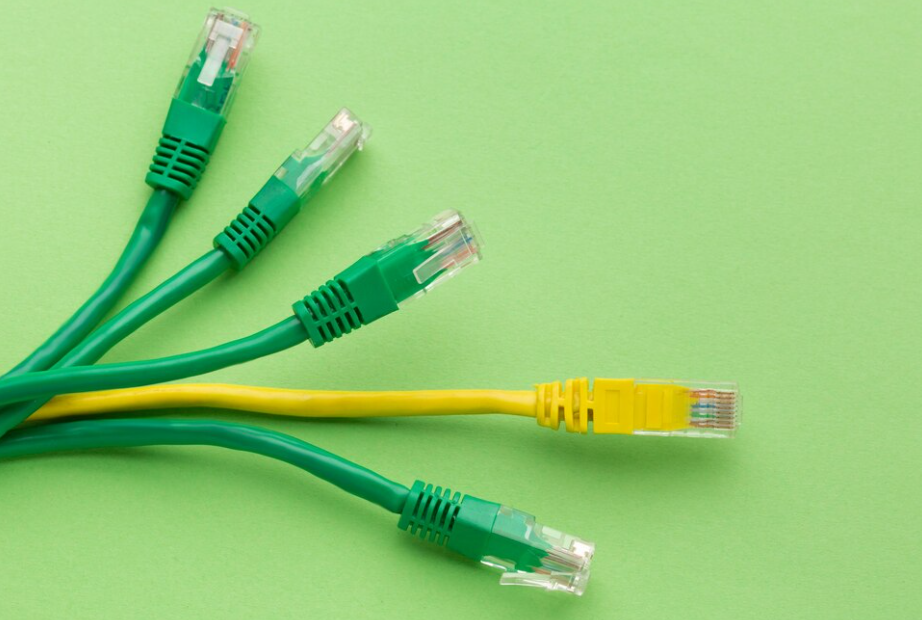Choosing the right Ethernet cable for your networking needs can be confusing. With various types available, it’s essential to understand their differences to make an informed decision. This blog will explore the differences between Cat6 shielded and unshielded cables, helping you determine which one is best suited for your requirements.
Understanding Cat6 Cable
Cat6 cable is a type of Ethernet cable that supports high-speed data transfer and is widely used in both residential and commercial networking. It is known for its ability to handle up to 10 Gbps of data transfer over distances up to 55 meters. Beyond this distance, the speed drops to 1 Gbps for up to 100 meters. This makes Cat6 an excellent choice for modern networking needs, including high-definition video streaming, online gaming, and large file transfers.
Shielded vs. Unshielded: What’s the Difference?
When deciding between shielded and unshielded Cat6 cable, it’s important to understand the main differences:
Shielded Cat6 Cable (STP): This type of cable has additional shielding to protect the data being transmitted from electromagnetic interference (EMI) and radio frequency interference (RFI). This shielding can be either a metal foil or braided wire that surrounds the individual pairs of wires within the cable or the entire cable itself.
Unshielded Cat6 Cable (UTP): As the name suggests, this cable lacks the additional shielding found in STP cables. Instead, it relies on the twisted pair design to minimize interference. UTP cables are typically more flexible and easier to install than their shielded counterparts.
Why Choose Shielded Cat6 Cable?
There are several scenarios where shielded Cat6 cable is the better choice:
High EMI/RFI Environments: If your network is situated in an area with high levels of electromagnetic or radio frequency interference, such as near heavy machinery, fluorescent lights, or other electronic devices, shielded cables can help prevent data loss and ensure stable connections.
Long Cable Runs: When running cables over long distances, the risk of interference increases. Using shielded cables in these situations can help maintain data integrity and prevent signal degradation.
Data Security: Shielded cables offer an added layer of protection against eavesdropping and data theft. This can be particularly important in environments where sensitive information is being transmitted.
Why Choose Unshielded Cat6 Cable?
Unshielded Cat6 cable is also a popular choice and may be more suitable in certain situations:
Cost-Effective: UTP cables are generally less expensive than shielded cables, making them a cost-effective choice for many installations.
Easier Installation: Without the additional shielding, UTP cables are more flexible and easier to install, especially in tight spaces or complex routing situations.
Sufficient for Low-Interference Areas: In environments with minimal EMI/RFI, such as most residential settings and many office environments, unshielded cables are typically sufficient to provide reliable performance.
Considerations for Cat6 Plenum Cable
When selecting cables for installations in New York, it’s important to consider the type of space where the cables will be installed. Cat6 Plenum Cable is designed for use in plenum spaces, which are the areas in buildings used for air circulation for heating, ventilation, and air conditioning systems. These spaces require cables with specific fire-resistant properties to reduce the spread of flames and smoke in case of a fire.
Cat6 plenum 1000ft cables are available in both shielded and unshielded versions, allowing you to choose the one that best meets your needs while complying with building codes and safety regulations.
Advantages of Cat6 Plenum Cable
Fire Safety: Plenum cables are made with special materials that resist fire and emit less smoke, making them safer for use in plenum spaces.
Code Compliance: Using plenum-rated cables ensures compliance with local building codes and fire safety regulations, which is particularly important for commercial installations.
Versatility: Cat6 plenum cable is available in various lengths, including 1000ft spools, making it suitable for large-scale installations.
Choosing the Right Cat6 Cable for Your Needs
To determine whether you need shielded or unshielded Cat6 cable, consider the following factors:
Environment: Assess the level of EMI/RFI in the area where the cables will be installed. High-interference environments typically benefit from shielded cables.
Distance: For longer cable runs, shielded cables may help maintain signal integrity.
Budget: Consider the cost differences between shielded and unshielded cables and balance this with your performance needs.
Installation Complexity: Evaluate the ease of installation, especially if the cables need to be routed through tight spaces or complex pathways.
Compliance: Ensure that your chosen cables meet local building codes and safety regulations, particularly if they will be installed in plenum spaces.
Cat6 Solid Copper vs. Cat6 Pure Copper Cable
When selecting Cat6 cables, you may also come across terms like Cat6 solid copper and Cat6 pure copper cable. It’s important to understand the differences:
Cat6 Solid Copper Cable: This type of cable uses solid copper conductors, which provide better performance over longer distances and are ideal for permanent installations.
Cat6 Pure Copper Cable: While the terms “solid copper” and “pure copper” are often used interchangeably, it’s important to ensure that the cables you choose are made from high-quality, pure copper conductors, as opposed to copper-clad aluminum (CCA) which can degrade performance.
Conclusion
In conclusion, the choice between Cat6 shielded and unshielded cables depends on several factors including the level of interference in the installation environment, the distance of the cable runs, budget considerations, and specific installation requirements. For areas with high EMI/RFI or for long-distance runs, shielded cables offer added protection and stability. In contrast, unshielded cables are often sufficient for low-interference environments and are easier to install and more cost-effective.
Whether you choose shielded or unshielded Cat6 cable, ensuring the use of Cat6 plenum cable in plenum spaces and opting for high-quality, pure copper conductors will help you achieve reliable and safe network performance. By understanding the key differences and considering your specific needs, you can make an informed decision that best suits your networking requirements.
For more information and to explore a wide range of Cat6 cables, including Cat6 plenum 1000ft, visit Monk Cables to find the perfect solution for your networking needs.



